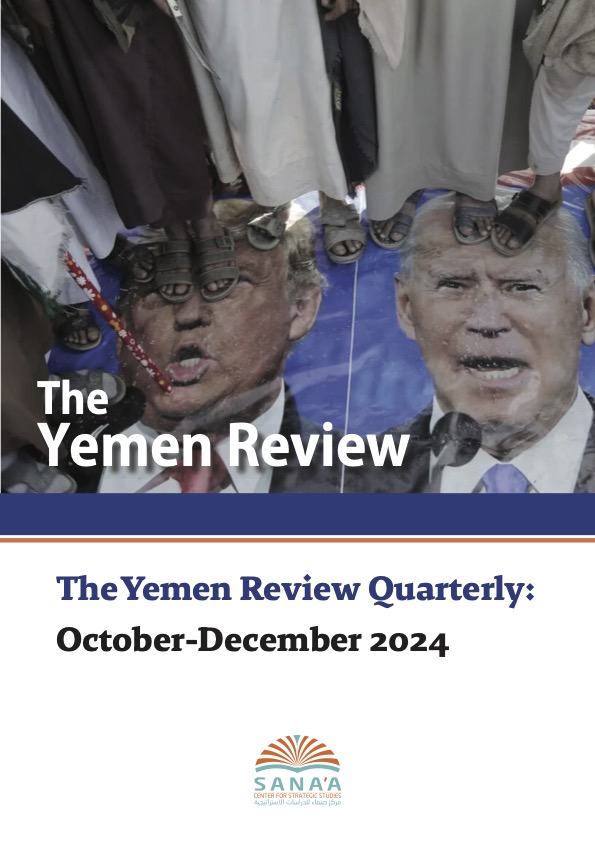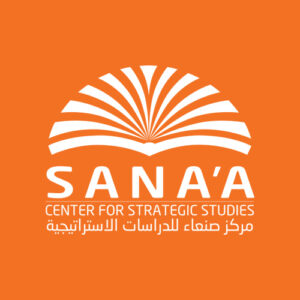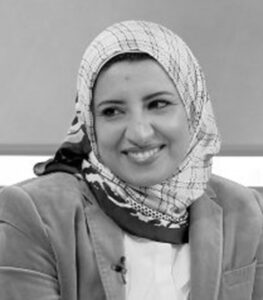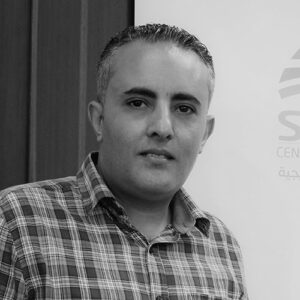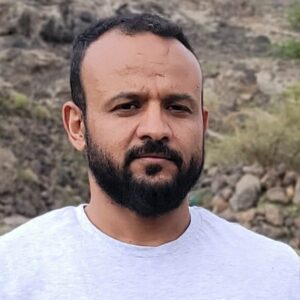Executive Summary
Politics and Diplomacy
Houthi leader Abdelmalek al-Houthi sought to reposition his movement as the head of the Iran-led Axis of Resistance. Israel’s destruction of Gaza and attacks on Lebanon’s Hezbollah, including the killing of its influential leader, Hassan Nasrallah, have left the alliance weakened, a point underscored by the rapid fall of the Assad regime in Syria. Iran has tried to avoid direct conflict with Israel and the West, leaving the Houthis as the only undiminished group continuing to fight. Abdelmalek has increasingly spoken as if on behalf of the entire alliance, condemning the war in Gaza and chastising Saudi Arabia for pursuing normalization with Israel.
The Houthis dissolved their Supreme Council for the Management and Coordination of Humanitarian Affairs and International Cooperation (SCMCHA), transferring its responsibilities to the Ministry of Foreign Affairs. SCMCHA oversaw humanitarian operations and was notorious for its interference and aid diversion. The move follows the arrest and detention of dozens of humanitarian workers in June, some of whom have since been charged with espionage.
Government infighting and disruption continued to be the norm, as the head of the prime minister’s office and the cabinet’s secretary-general escalated a dispute over alleged corruption. Both men were dismissed in December along with a third man, alleged to be a known Iranian spy, and are under investigation. Significant tension exists between the Presidential Leadership Council (PLC) and Prime Minister Ahmed Awad bin Mubarak, and rumors of a broader cabinet reshuffle continued.
Efforts to unite the divided anti-Houthi camp gained some momentum. The US-linked National Democratic Institute (NDI) and the US Agency for International Development (USAID) oversaw the formation of the National Coalition of Political Parties and Groups, representing 20 pro-government political parties. But the project was boycotted by the powerful Southern Transitional Council (STC), which advocates secession. However, STC chief Aiderous al-Zubaidi conducted meetings of his own with the rival Southern National Coalition and a delegation from Islah, a long-time opponent.
The US Treasury Department sanctioned prominent tribal figure Hamid al-Ahmar for funneling funds to Hamas. Al-Ahmar’s father was the head of the Hashid tribal confederation, which wielded significant power under the Saleh regime, and his large political network could be affected. Separately, the US also sanctioned the Houthi National Committee for Prisoners Affairs and its chairman, Abdelqader al-Mortada, who is alleged to have tortured prisoners.
Military and Security
The Houthis shifted their strategy in their confrontation with Israel, shifting attacks from commercial shipping and focusing on targets in Israel proper. The Houthis claimed 24 such attacks over the last quarter of 2024 versus just seven confirmed attacks on commercial shipping, though it has also claimed attacks on US Navy forces. Israeli air defenses have intercepted the majority of Houthi drones and missiles, but a small number have made it through and caused minor damage. Israel has responded by launching airstrikes against energy infrastructure and port facilities, while the US and UK continue to periodically target Houthi armories and missile silos.
Both the Houthis and pro-government forces sent significant military reinforcements to Hudaydah in expectation of a resumption of intense fighting. Troop numbers reportedly doubled in the Hays and Al-Tuhayta districts as the Houthis relocated forces and brought in heavy weapons. There was also military buildup in Al-Dhalea and Lahj, where clashes occurred almost daily. Fighting picked up to the north and west of Taiz city in October and November as Tareq Saleh’s National Resistance forces and Islah-affiliated units faced off against Houthi fighters.
Political machinations in the oil-rich eastern governorate of Hadramawt continued to drive military competition. In October, Saudi-backed Nation’s Shield forces under PLC chief Rashad al-Alimi took over checkpoints along the strategic Al-Abr road to Shabwa, placing them nearer Hadramawt’s oil fields and facilities. Nation’s Shield forces also ramped up the recruitment and training of Salafi fighters in Hadramawt, Al-Mahra, and Al-Dhalea. This reportedly troubled the STC, which had called for the further deployment of Emirati-backed forces in Yemen’s eastern governorates, and Islah, which has affiliated army units based in Seyoun. In December, Al-Alimi replaced two top Islah-affiliated commanders based there. The Hadramawt Tribal Alliance, led by deputy governor Amr bin Habrish, also announced the formation of a new militia, the Hadramawt Protection Forces. Bin Habrish has become a prominent agitator for greater local autonomy and control of the governorate’s resources.
Russia has reportedly recruited hundreds of Yemenis to fight in Ukraine, luring young men with promises of well-paid jobs and Russian citizenship and then pressing them into service. In late October, a Russian warship evacuated Islamic Revolutionary Guard Corps (IRGC) commander Abdul Reza Shahlai, who reportedly held one of the highest positions in the Houthi military structure. A few days later, it was reported that a Russian ship was headed for the Houthi-controlled port of Al-Salif in Hudaydah to deliver wheat.
Economy
The government’s fiscal crisis continued to worsen as a lack of revenues led to the delayed payment of October’s public sector salaries, on which many Yemeni households are dependent. The deteriorating economic situation sparked strikes and protests in a number of governorates as massive inflation undermined worker’s purchasing power. In December, Saudi Arabia disbursed US$200 million to the government, the fourth and final tranche of a US$1.2 billion aid package announced in August 2023, but absent further support, the government’s financial position appears untenable.
The new rial, which circulates in government-controlled areas, fell to record lows, trading at more than YR2,000 per US$. The Central Bank of Yemen in Aden was unable to halt the slide as its foreign currency reserves ran low. Saudi Arabia deposited US$300 million in the central bank in late December, but the currency continued to fall. Old rials, which circulate in Houthi-controlled areas, remained relatively stable, trading around YR535-YR539 per US$1.
The government announced an ambitious economic reform plan in November to tackle both its immediate predicament and long-term structural problems. A delegation from the EU, UK, and World Bank visited Aden to explore ways to support the reforms, including securing funding and fixing key sectors, such as electricity. Aden and neighboring governorates have been hit with blackouts of up to 20 hours per day, with the crisis disrupting the provision of other essential services. Divisions in the government, mismanagement, and a lack of resources have hindered previous such attempts at reform.
A Joint Monitoring Report published by UN agencies and the World Bank projected that 17.1 million Yemenis, roughly half the population, will need food assistance in 2025. Currency depreciation, conflict, and economic instability remain the key drivers of hunger, as Yemen is highly dependent on food imports. The report added that more than half the population suffered from inadequate food consumption in September 2024. The outlook is grim, as the country’s humanitarian response remains underfunded. The UN’s 2025 Humanitarian Response Plan includes a US$2.5 billion appeal to assist 10.5 million people in need. However, the 2024 plan received just over half the funds requested.
This issue of the Yemen Review was prepared by (in alphabetical order): Elham Babukair, Ryan Bailey, Raidan Bassah, William Clough, Casey Coombs, Yasmeen Al-Eryani, Magnus Fitz, Tafweek Al-Ganad, Andrew Hammond, Khadiga Hashem, Abdulghani Al-Iryani, Yazeed Al-Jeddawy, Maged Al-Madhaji, Alexandra Nikopoulou, Ghaidaa Al-Rashidy, Salah Ali Salah, Maysaa Shuja Al-Deen, Lara Uhlenhaut, Ned Whalley, and the Sana’a Center Economic Unit.
The Yemen Review is produced by the Sana’a Center for Strategic Studies. Launched in 2016, it aims to identify and assess current diplomatic, economic, political, military, security, humanitarian, and human rights developments related to Yemen.
In producing The Yemen Review, Sana’a Center staff throughout Yemen and around the world gather information, conduct research, and hold private meetings with local, regional, and international stakeholders in order to analyze domestic and international developments.
This series is designed to provide readers with contextualized insight into the country’s most important ongoing issues.

